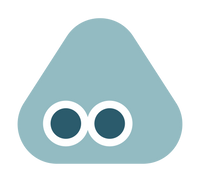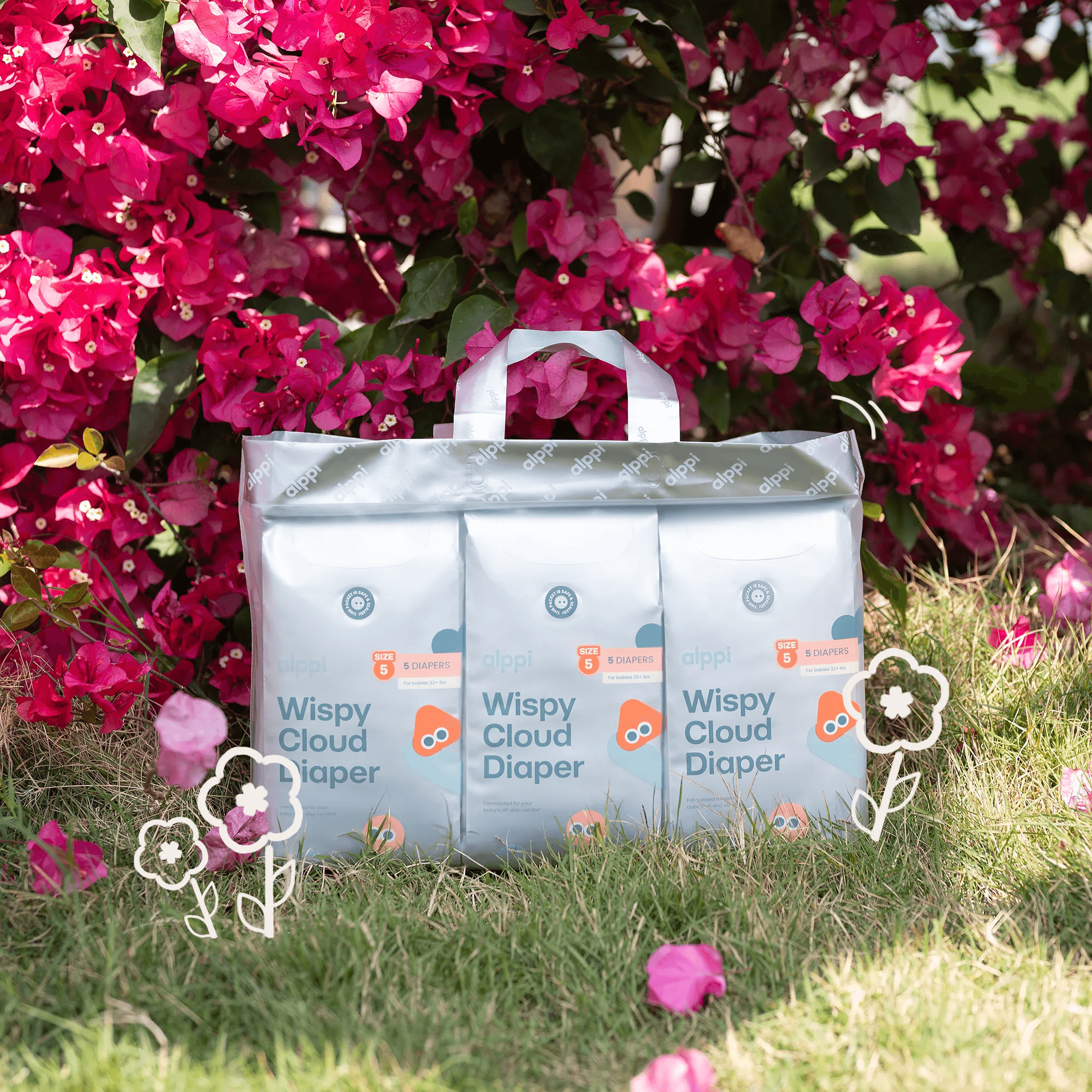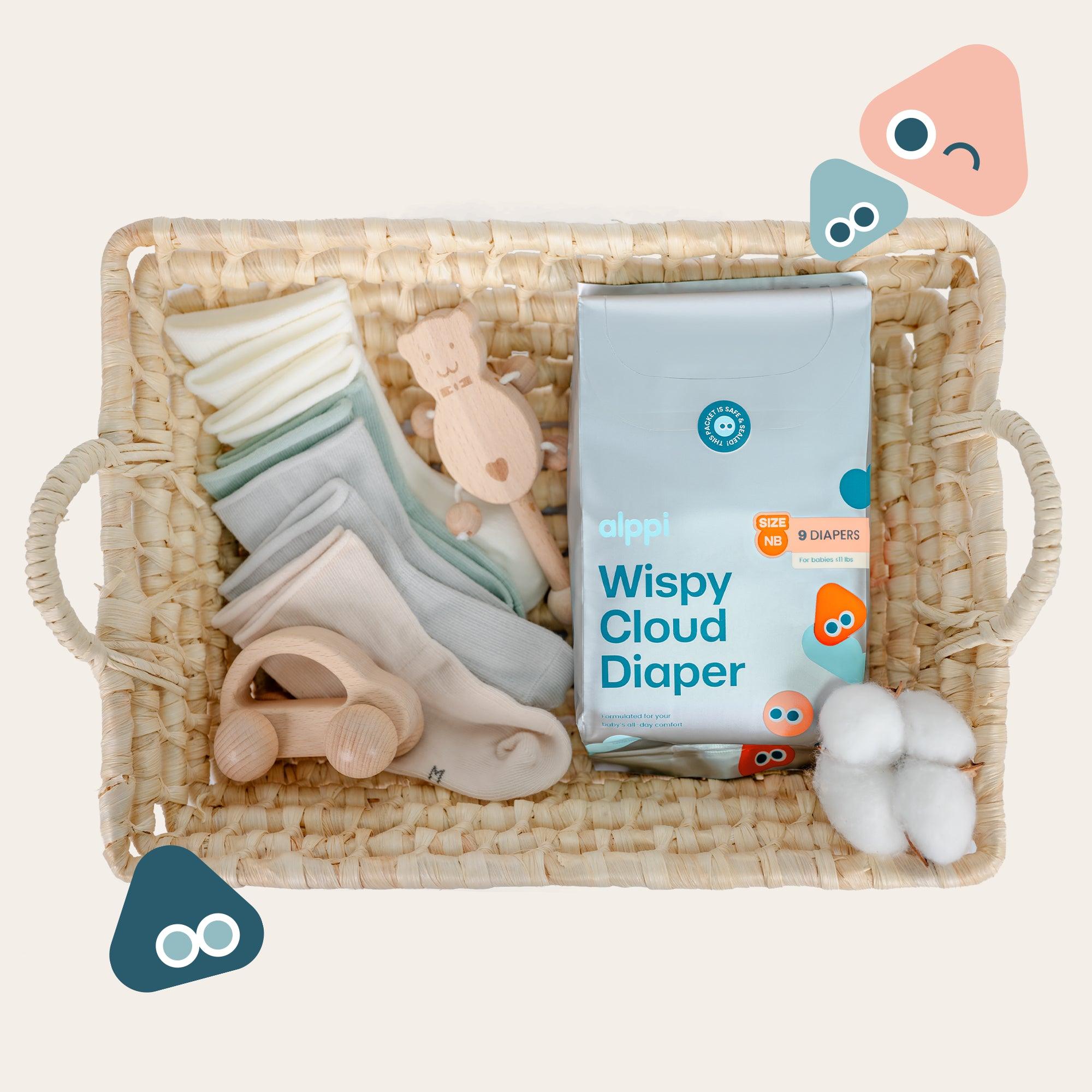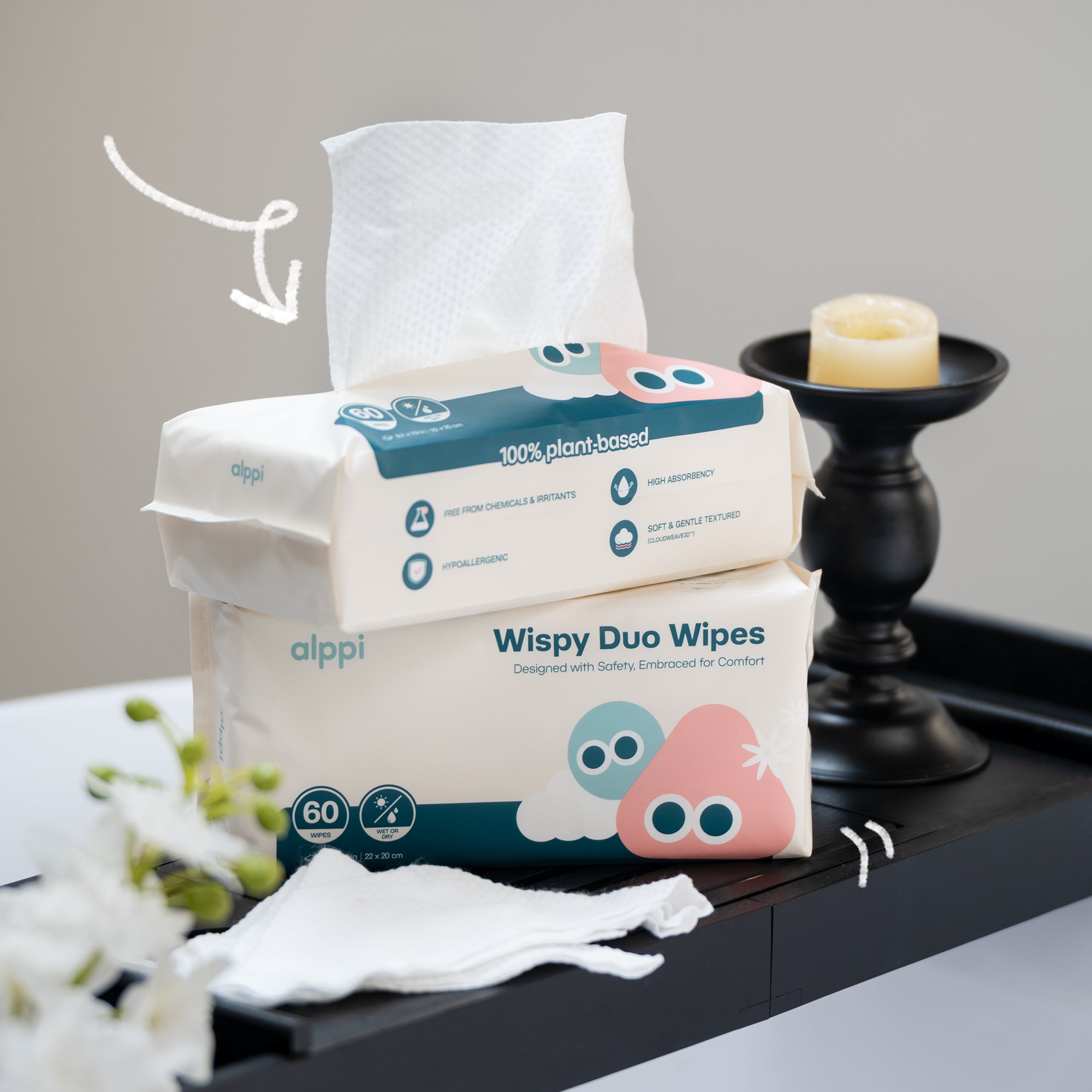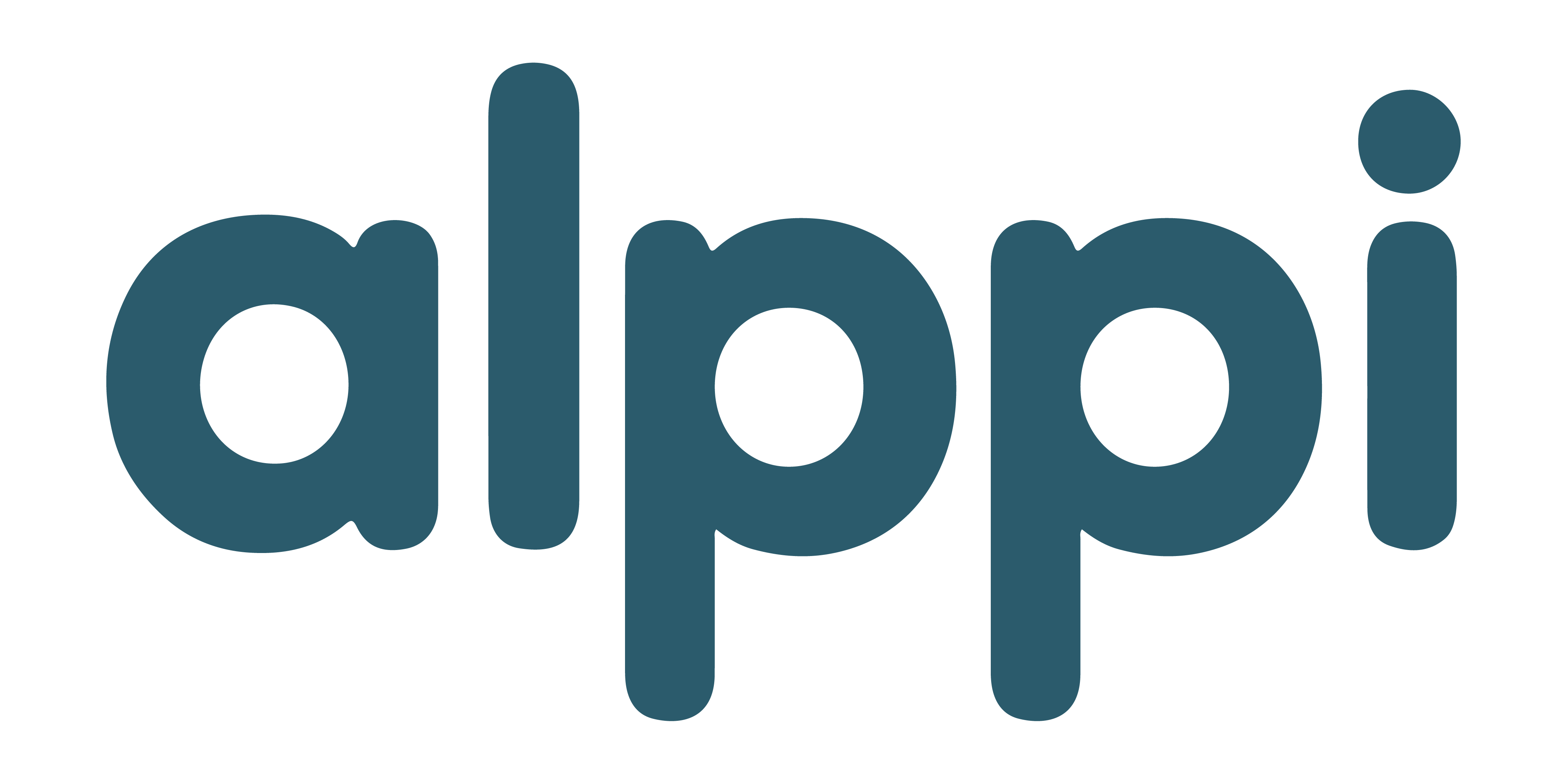When your baby turns two months old, you might start to wonder what new things they should be doing. At 2 months, babies begin growing in several key areas. Socially, they smile in response to people.
In communication, they coo and react to sounds. Cognitively, they can follow moving objects with their eyes. Physically, they gain better head control and move their arms and legs more smoothly. Many also start to self-soothe by bringing their hands to their mouth.
Your little one isn’t just resting and feeding anymore. They begin to connect with you through eye contact and soft sounds.
Knowing these milestones gives you a better idea of what’s typical and when to check in with the doctor.
2 Month Old Milestones Overview
At two months, your baby starts showing new skills in movement, communication, and how they interact with you. You might notice changes in their expressions, sounds, and muscle control.
Why Milestones Matter For Development
Milestones help you see how your baby is growing in key areas like movement, hearing, seeing, and social skills. Watching your baby hit these milestones shows you if their brain and body are working together.
At two months, many babies start to smile socially and follow things with their eyes. These are good signs that they’re connecting with you and the world.
Milestones also help doctors check if your baby needs extra support early on.
Normal Ranges And Baby’s Unique Pace
Every baby grows at their own speed, even though there are typical skills for two months. Some babies lift their head more easily, while others focus on making sounds first.
Here are common skills for a 2-month-old:
- Smiling at people
- Turning head toward sounds
- Holding head up briefly when on tummy
- Following moving objects with eyes
If your baby misses many of these by two months, check with your pediatrician. But don’t stress—being a bit early or late can be totally normal. Every baby has their own path.
Learn what feeding choices work best by reading our guide, A Complete Guide to Baby Feeding Options.
Physical Development At 2 Months

At two months, your baby starts showing real strength and control in their body. You’ll notice changes in how they hold their head and move their arms and legs.
Head Control And Tummy Time Progress
By now, your baby’s neck muscles are getting stronger. When you hold them upright, they may start to hold their head steady for a few seconds.
Tummy time is important. It helps your baby practice lifting and turning their head while lying on their belly.
This activity builds neck and shoulder muscles, making head control easier. Try to give your baby tummy time a few times a day, starting with short sessions of 2 to 3 minutes.
Watch as they push up on their forearms or turn their head side to side. These are good signs of growing strength.
Arm, Leg, And Hand Movements
Your baby is more active with their arms and legs at two months. They will kick and move their limbs more often.
Hands start to open more. Your baby might even try to grab at things, like your fingers or a toy.
These early attempts matter for developing fine motor skills. You might notice your baby swinging their arms when lying on their back or during playtime.
This shows improving control and energy. Keep encouraging movement with gentle play and toys within reach.
Social And Emotional Growth

At two months, your baby starts showing real signs of connecting with you and the world. You'll notice they respond more to your face and voice.
They might calm down when comforted. These moments are big steps in their emotional development.
First Real Smiles And Social Responses
Around this age, your baby will give social smiles. These aren’t just reflex smiles—they’re real ones meant for you.
When your baby smiles at you, it’s a sign they recognize your face and feel safe. Your baby might also start tracking your eyes or focusing on your face.
They can tell familiar people apart and may even show excitement when they see you. These early smiles build strong emotional bonds.
Calming When Held Or Comforted
By two months, many babies calm themselves more easily when you hold or soothe them. You might see your baby sucking on their hand or fingers to feel better.
Your warmth and touch help your baby feel safe. Skin-to-skin contact and gentle rocking can calm your little one quickly.
This comfort helps your baby learn to trust and feel secure. It’s important for their social and emotional growth.
Simplify your daily routine and save time — read our article, Why a Diaper Subscription Makes Parenting Easier.
Communication And Sensory Skills


By two months, your baby shows early signs of talking and listening. They become more aware of the world through their senses and eyes.
Cooing Sounds And Early Vocal Play
At this age, your baby starts making cooing sounds. These soft, vowel-like noises are their first way to communicate.
When your baby coos, they’re experimenting with their voice. You can join in by talking back in a gentle, playful tone. This “conversation” encourages your baby to keep trying new sounds. It also builds early language skills for future talking.
Reacting To Voices And Sounds
Your baby becomes more alert to noises around them. They start turning their head toward familiar voices, especially yours.
Sound reactions are part of sensory development. When your baby hears a soft sound or your voice, their brain pays attention and starts making connections.
You might see your baby calming down when they hear your voice. Or maybe they get excited when they recognize a family member.
Watching Faces And Tracking Movement
By two months, your baby loves watching faces. They can focus on your face for a few seconds and follow moving objects with their eyes.
This skill is called tracking. Tracking helps develop hand-eye coordination.
When your baby watches your face or a toy, they practice moving their eyes smoothly. This is important for many skills later, like reaching for objects.
Move toys slowly or change your position while talking. Your baby will learn to focus better and respond to what they see.
Supporting 2 Month Old Milestones

Helping your baby grow means giving them chances to explore sounds, movements, and feelings. You can support their progress by talking and playing with them every day.
Safe physical activities and learning to read their signals help keep your little one secure and happy.
Talking, Reading, And Singing Daily
Your baby loves hearing your voice. Talking to your 2-month-old helps them learn language and recognize sounds.
Use simple words and speak slowly. Singing songs and reading baby-friendly books build their attention and listening skills.
Try repeating easy sounds like "mama" or "dada." Smile and watch for their reactions.
Face your baby while speaking so they see your mouth and expressions. This teaches them how to copy voices and social cues.
You don’t need fancy books—bright pictures and soft voices work great. Even a few minutes of reading or singing each day can make a big difference in your baby’s brain growth.
Tummy Time And Safe Play Ideas
Tummy time is critical. It helps your baby build neck, shoulder, and arm muscles they need to hold up their head.
Place your baby on their tummy for short, frequent periods when they’re awake and alert. Use colorful toys or mirrors to catch their attention during tummy time.
Always stay close and never leave your baby unattended. This safe play encourages hand-eye coordination as they reach for toys or look around.
You can also gently move their arms and legs to support muscle strength. Soft mats or blankets make tummy time comfy and safe.
Keep sessions short but regular to help your baby enjoy this important activity.
Comforting And Responding To Cues
Your baby can’t speak yet, but they send clear signals when they need something. Watch for signs like fussing, turning away, or sucking on fingers.
Responding quickly builds trust and helps them feel safe. Try calming methods such as gentle rocking, soft talking, or swaddling during rest times.
Staying calm when your baby cries teaches them you are their comfort. When you notice and react to their needs, your baby learns that the world is a safe place to explore and grow.
Master diaper changes with step‑by‑step tips — check out our piece, How To Change a Diaper Like a Pro: Guide for New Parents.
When To Call The Doctor

You know your baby best. If you notice your little one isn’t doing things most 2-month-olds do, or if something just feels off, reach out to your doctor.
Missing Key 2 Month Old Milestones
By 2 months, many babies start smiling at people. They also bring their hands to their mouth.
If your baby does not smile on purpose or seems extra stiff or floppy, talk to a doctor. These signs can mean something’s not quite right.
If your baby used to do something, like holding their head up or following a toy with their eyes, but now they’ve stopped, that’s a red flag. Let your doctor know if you notice this.
Jot down what your baby isn’t doing yet or what they’ve stopped doing. This will help your doctor understand your worries and give better advice.
Concerns With Vision, Hearing, Or Movement
Your baby should react to loud sounds by turning their head or making noises. If they don’t seem to notice sounds or don’t respond when you talk or call their name, see your doctor.
Watch how your baby moves. If they can’t hold their head up during tummy time or their arms and legs move stiffly or awkwardly, that could be a problem.
If your baby doesn’t follow moving things with their eyes or seems not to notice lights, bring it up with your doctor. These early signs matter, and catching them now can help your child get the support they need.
Support Your Baby with Alppibaby Diapers and Wipes
As your baby grows and reaches new milestones, comfort and care are essential. That’s why Alppibaby offers wipes, and weekly and monthly bundles of diapers— making life easier for parents while keeping babies happy.
Alppibaby diapers are designed to be soft, absorbent, and gentle on sensitive skin. They provide all‑day comfort, prevent leaks, and help your baby stay dry through naps and nighttime sleep. Paired with our durable, soothing wipes, cleanup becomes quick and stress‑free.

Parents love the convenience of bundles delivered to their door, saving time and ensuring they never run out. With Alppibaby, you get the perfect mix of quality, comfort, and peace of mind — so you can focus on enjoying every smile, coo, and cuddle.
Final Thoughts
By 2 months, your baby is becoming more alert, social, and interactive. From smiling and cooing to lifting their head and following objects, these milestones reflect steady growth in social, motor, and sensory development.
Every baby reaches milestones at their own pace, so don’t worry if progress looks a little different. What matters most is that your baby is gradually learning new skills and responding to the world around them.
If you ever have concerns, talk to your pediatrician for guidance. Meanwhile, enjoy this stage—your baby’s 2 month old milestones are just the beginning of many exciting firsts.
Keep your baby’s skin comfortable and rash‑free — read our article, How Do Babies Get Diaper Rash And How To Prevent It.
Frequently Asked Questions
What should I expect my baby to be doing at 2 months old?
Your baby will start smiling more and making little cooing sounds. They might follow objects with their eyes and show interest in faces.
You’ll probably see some gentle neck control when they’re on their tummy or in your arms. It’s a slow process, but it’s happening.
Which physical developments are typical for a 2-month-old infant?
Right now, your baby’s neck muscles are getting stronger. They can hold their head up for a short time and push up a little during tummy time.
You’ll see small hand movements and some kicking, though things might still look a bit jerky. That’s totally normal at this age.
Can my baby recognize me at 2 months of age?
Yes, by two months, your baby can recognize your voice and face. They might smile or calm down when they see you.
It’s sweet to see them show they feel safe and connected to you. That bond is real, even if it’s still new.
How much should a 2-month-old baby be sleeping?
A 2-month-old usually sleeps around 14 to 17 hours over 24 hours. This includes naps during the day and longer stretches at night.
Waking up every few hours to feed is totally normal, even if it feels exhausting. Hang in there—it gets easier.
What are the signs that my 2-month-old is developing on track?
Watch for steady weight gain and more eye contact. Your baby might seem more alert and curious about the world.
At this age, most babies start to smile at people and react to sounds or voices. If your little one isn’t holding their head up or doesn’t seem interested in faces, it’s a good idea to check in with your pediatrician.
